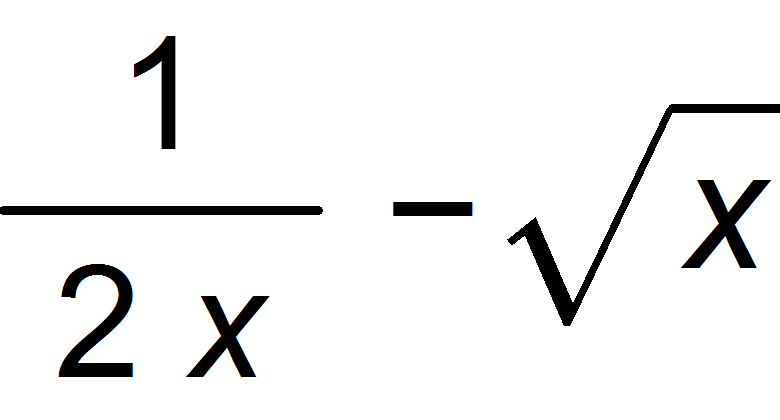The Art of Science
Oscar Wilde wrote that art is the most intense form of individualism that the world has ever known. The same applies to physics or natural philosophy. My ancestral cousin Francis Bacon (attached) defined science as a valid hypothesis tested against experimental data and not against a brick wall (the dogmatist). So the unified field theory that I proposed in 2003 has reached all the countries of the world, and all the best minds in the world. This is because it is based in the most objective way possible, on well known geometry. Its hypotheses turn geometry into physics. This method goes back to the ancient peoples, who turned geometry into art. For example Mathew 1.18 of the Book of Kells, the famous chi rho iota page reproduced in PECE1, is inscribed with great brilliance on vellum, and based on spirals and triskeles on the wild island of Iona, never far from the roaring sea. "Christi autem generatio sic erat:…." The page is dominated by a large chi, a large rho and a large iota to abbreviate the word "Christi" – Latin for "of Christ". These large letters are decorated with incredible brilliance using geometry. The hypotheses of ECE have been described by the theoretical physicist Diego Rapaport as brilliant and economical. The geometry is turned into wave equations and field equations. ECE has been accepted in a radically new way, by going straight to the vast worldwide readership. Nothing is allowed to interfere with this process, least of all the plastic potties that litter the sewerage works of history. The result is overwhelming international acclaim. We know this from computer feedback meticulously collected over nearly fifteen years every day. The old physics known as the standard model has been riddled with unanswered refutations. So it has been reduced to pseudoscience. This always happens in physics and in any area of thought. If it did not, there would have been no thought. Extrapolation shows that the powerful unified field theory will be intensely studied for the foreseeable future, as long as humankind doesn’t blow itself pieces or mutilate the environment. It has already been here for almost twenty years. This is a magnificent achievement by any historical standards, and all those who helped develop the theory can take great pride in it. I think that any objective system would recognize this. If it does not then it is a plastic pottie, the detritus of ancient prejudice. The theory is like the emergence of les fauves, the wild animals or post impressionists. It is like the emergence of cubism in 1905, the same year as special relativity or Stravinsky’s "Sacre du Printemps" in 1913. This caused a riot. It is like Rodin’s statue of Balzac, which caused another riot, potties flying everywhere, or like Dylan Thomas’ "Eighteen Poems" in 1934.

